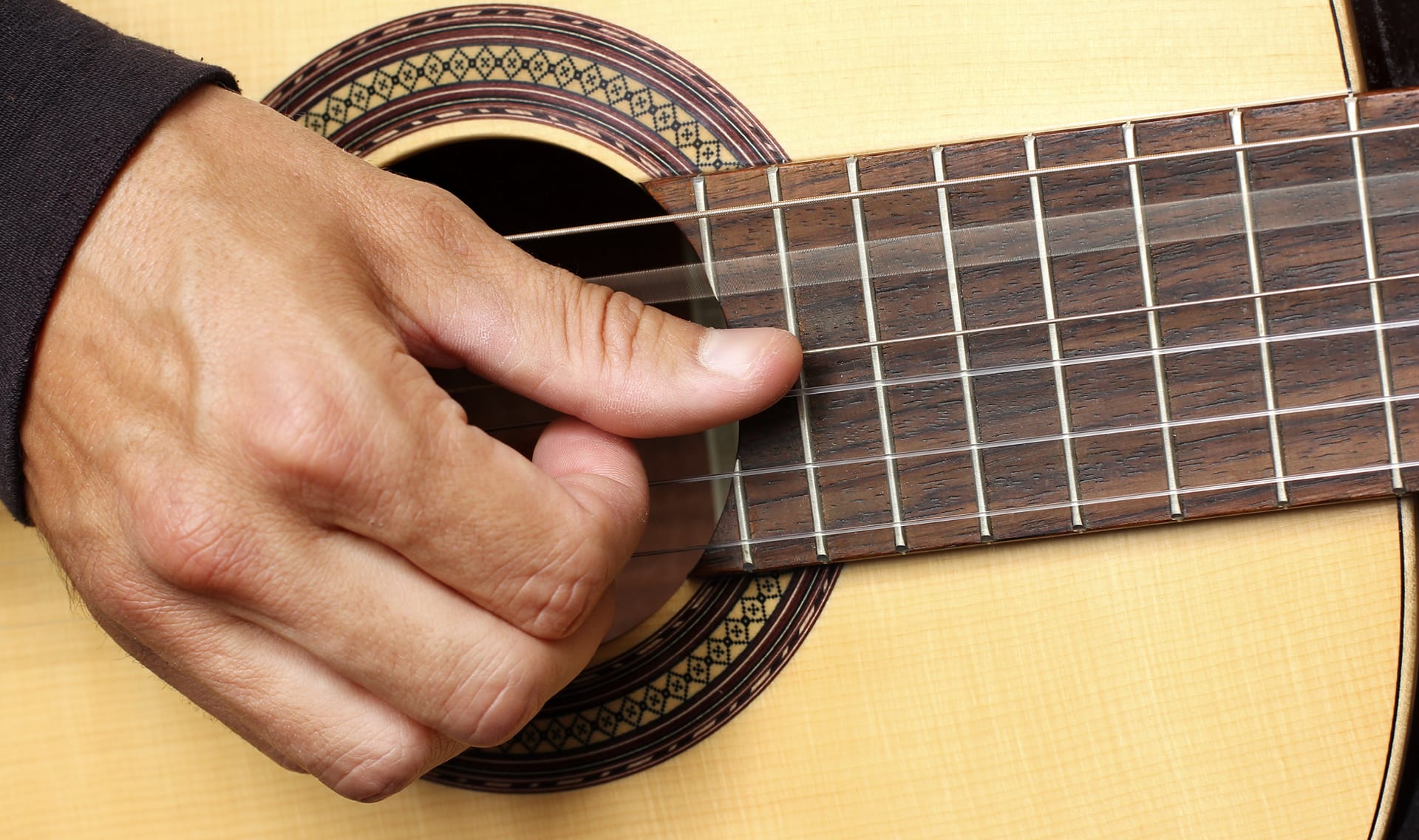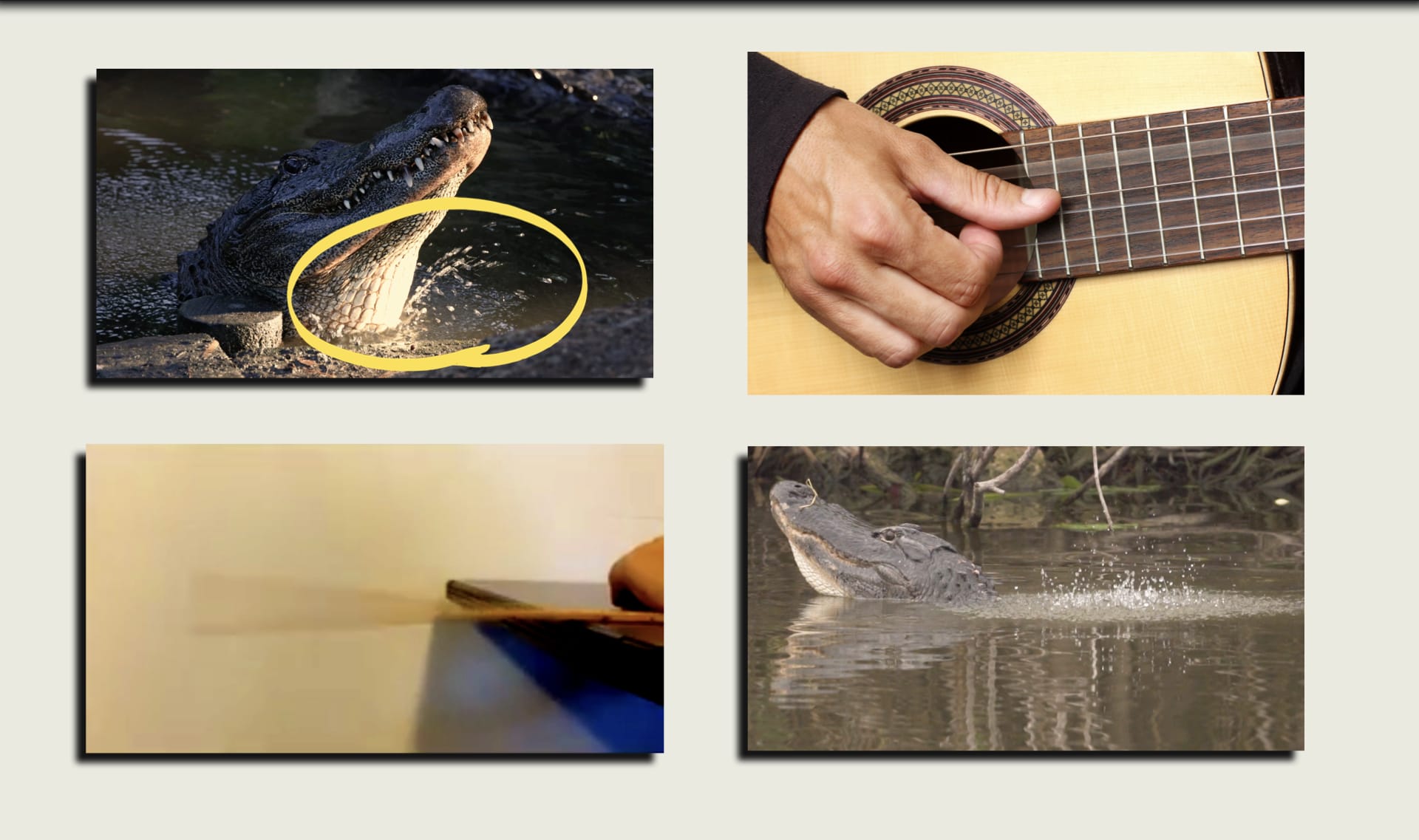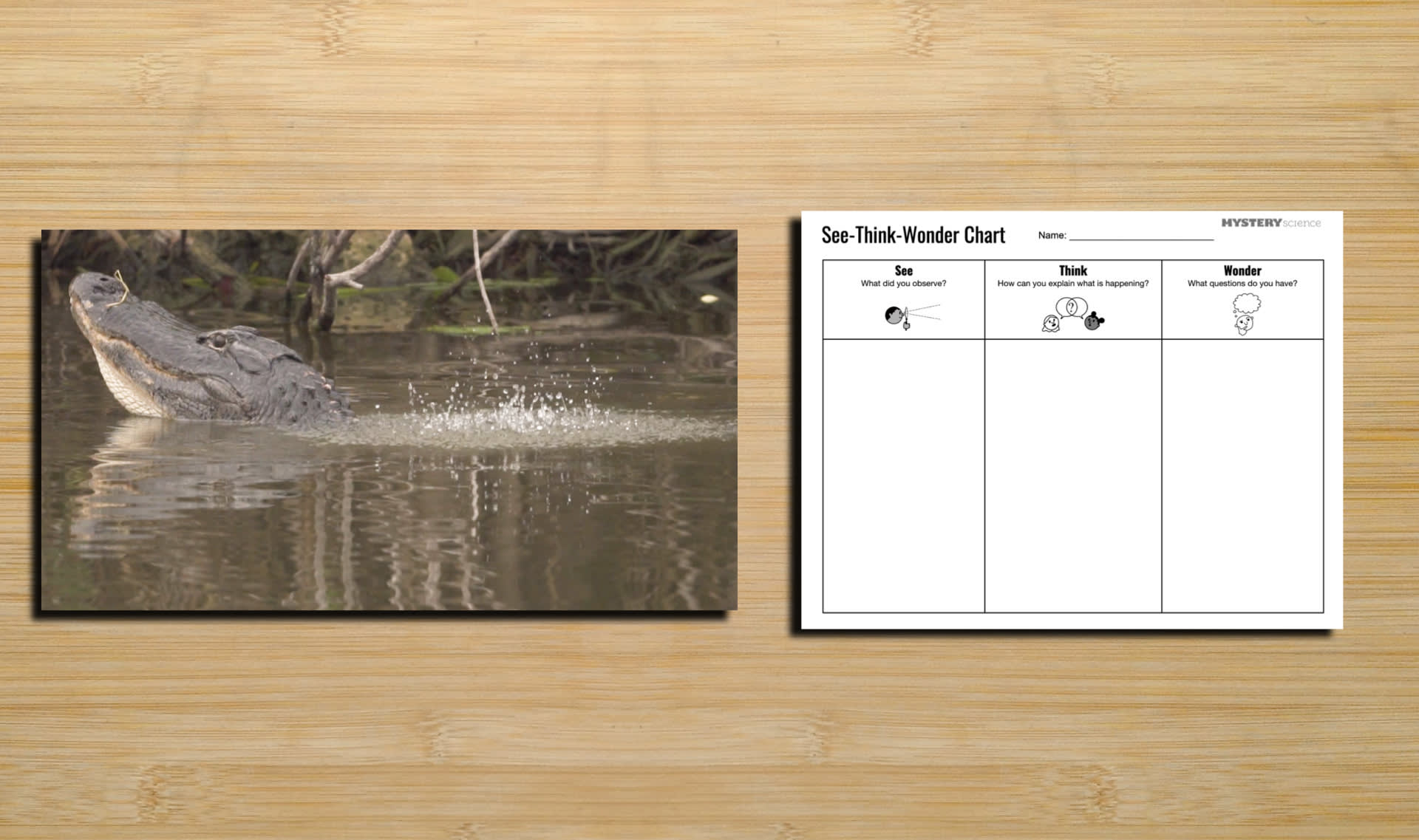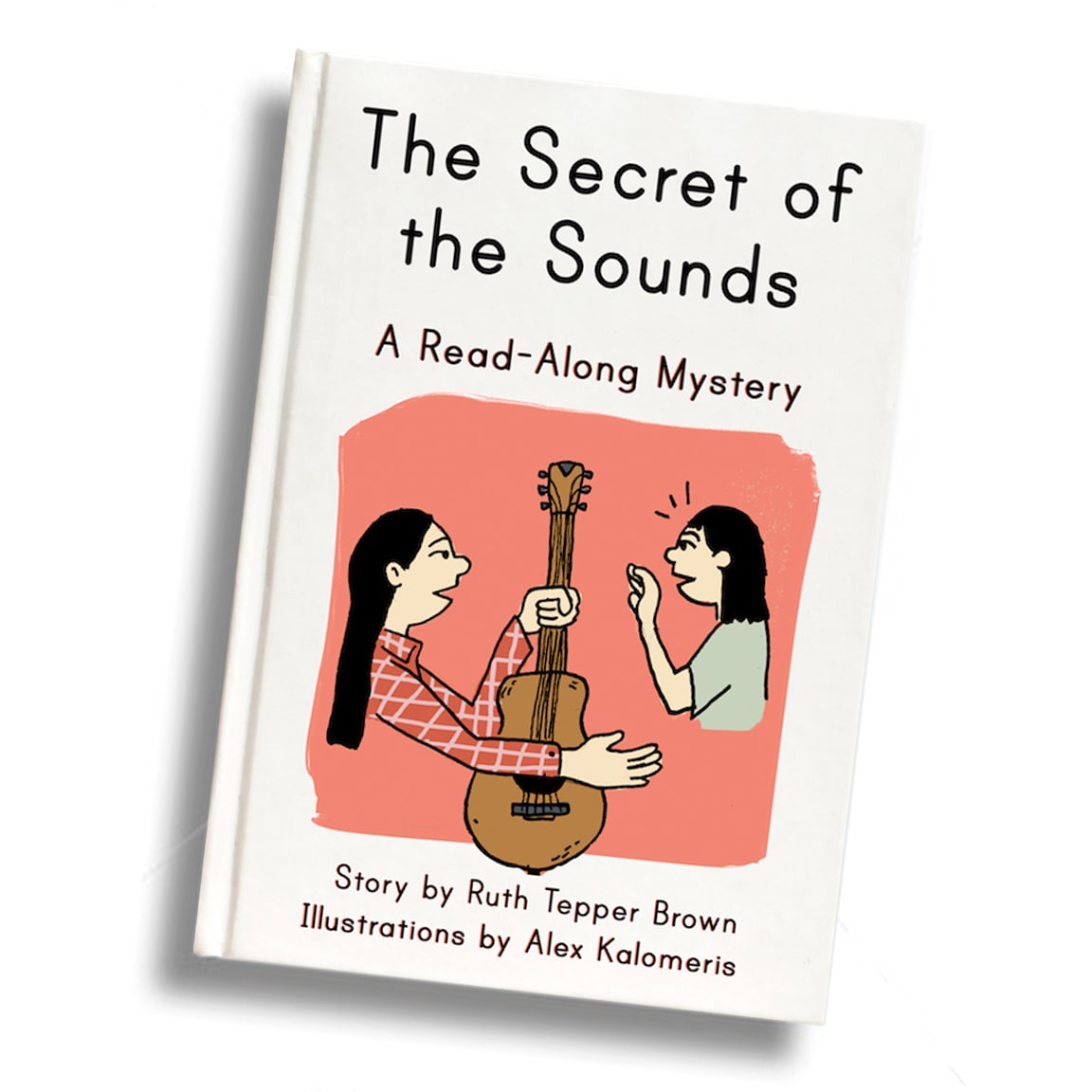Scroll for prep

Please wait…
This video is having trouble loading. You may have lost your Internet connection.
Step 1: Click to Reload this page
Step 2: Click to
Try our other video player
Step 3: Contact your teacher if trouble persists.
Or,
dismiss this message.

Please wait…
This video is having trouble loading. You may have lost your Internet connection.
Step 1: Click to Reload this page
Step 2: Click to
Try our other video player
Step 3: Contact your teacher if trouble persists.
Or,
dismiss this message.

Please wait…
This video is having trouble loading. You may have lost your Internet connection.
Step 1: Click to Reload this page
Step 2: Click to
Try our other video player
Step 3: Contact your teacher if trouble persists.
Or,
dismiss this message.

Please wait…
This video is having trouble loading. You may have lost your Internet connection.
Step 1: Click to Reload this page
Step 2: Click to
Try our other video player
Step 3: Contact your teacher if trouble persists.
Or,
dismiss this message.

Please wait…
This video is having trouble loading. You may have lost your Internet connection.
Step 1: Click to Reload this page
Step 2: Click to
Try our other video player
Step 3: Contact your teacher if trouble persists.
Or,
dismiss this message.
This simple sound experiment from San Francisco's Exploratorium lets your students experiment with sound—without making a lot of noise. Each student will need a piece of string or yarn that’s at least 3 feet (1 meter) long. Students can work on their own, but we suggest students work in pairs so they can discuss their ideas with one another.
Follow the instructions here. Encourage students to experiment to figure out how to change the sound. (They can make it higher by pulling the string tighter and lower by loosening the string.)

Anchor Connection
In the past lesson, you read a story. One person in the story played guitar. Look
closely at this picture. Discuss. Which guitar string is making sound? How can you
tell which string is making sound if you can’t hear it?

This string is making sound. We don’t need to hear it because we can see it
vibrating. The other strings are not making sound because they are not vibrating.

Please wait…
This video is having trouble loading. You may have lost your Internet connection.
Step 1: Click to Reload this page
Step 2: Click to
Try our other video player
Step 3: Contact your teacher if trouble persists.
Or,
dismiss this message.
We heard an alligator in the Everglades making a sound. Its neck vibrated when it
made the sound. Click play to see this alligator’s neck vibrate.

Please wait…
This video is having trouble loading. You may have lost your Internet connection.
Step 1: Click to Reload this page
Step 2: Click to
Try our other video player
Step 3: Contact your teacher if trouble persists.
Or,
dismiss this message.
This alligator is about to make sound. You can see that the entire alligator vibrates
when it makes sound. Watch the water closely—you will see the vibrating
alligator make the water vibrate, too! This video is silent and in slow motion.

Please wait…
This video is having trouble loading. You may have lost your Internet connection.
Step 1: Click to Reload this page
Step 2: Click to
Try our other video player
Step 3: Contact your teacher if trouble persists.
Or,
dismiss this message.
Let’s watch again. Watch the water. Watch the alligator’s eyes. There are so many
things vibrating.

The ruler and the alligator and the guitar string all make sound when they vibrate.
They are all silent when they stop vibrating. Whenever anything makes a sound, it is
vibrating!

Please wait…
This video is having trouble loading. You may have lost your Internet connection.
Step 1: Click to Reload this page
Step 2: Click to
Try our other video player
Step 3: Contact your teacher if trouble persists.
Or,
dismiss this message.
To make the sound, the alligator takes a big, deep breath in. It lifts up when it
breathes in. Then it blows the air out. When it blows the air out, it vibrates. That is
how it makes a sound. Watch it breathe and then vibrate.

Look at the "Wonder" column of your class See-Think-Wonder chart. Have any
questions been answered? Do you have any new questions? Save this chart. You
won’t use it after the next lesson, but you will at the end of the unit.


Please wait…
This video is having trouble loading. You may have lost your Internet connection.
Step 1: Click to Reload this page
Step 2: Click to
Try our other video player
Step 3: Contact your teacher if trouble persists.
Or,
dismiss this message.
vibration
1 of 2
a quick movement back and forth

Please wait…
This video is having trouble loading. You may have lost your Internet connection.
Step 1: Click to Reload this page
Step 2: Click to
Try our other video player
Step 3: Contact your teacher if trouble persists.
Or,
dismiss this message.
sound
2 of 2
vibrations that you can usually hear with your ears



